By Susanne von Rosenberg, UC Master Gardener of Napa County
If you're like most gardeners, you always enjoy learning something new. I recently started learning about mast seeding. I already knew that oak trees tend to have light crops some years and heavy crops other years, but I didn't realize that many other trees do the same thing.
According to the Encyclopedia Britannica, mast seeding is defined as “the production of many seeds by a plant every two or more years in regional synchrony with other plants of the same species.” Even in mast years, the plant produces seed, but there is an obvious difference in seed production between a mast year and a regular year. Mast seeding occurs on every continent except Antarctica, and the regional synchronization can extend thousands of kilometers.
What fascinates me about mast seeding is that trees (or other plants) of one species are all on the same schedule regionally and that botanists still don't know why mast seeding evolved. We know a lot about how mast seeding affects the forest ecology but only have theories about why trees and other plants behave this way.
One theory is predator satiation. If a group of plants produces a huge number of seeds, perhaps predators (hungry squirrels, birds or humans, for example) will miss some because there is so much to eat. That means that every few years, some seeds will survive and reproduce. If trees were to produce an even, but smaller, number of seeds every year, predators might eat them all.
Another theory is that mast seeding is climate driven. Certain weather conditions are favorable to ripening seeds, and the trees detect those patterns and behave accordingly.
A third theory is that trees need to store up sufficient carbohydrates in their roots to support seed production. This theory was previously considered unlikely because mast seeding is a regional phenomenon. If carbohydrate storage is the trigger, then trees that are in prime growing locations with plenty of light and water should be able to store more carbohydrates and produce seed more often than trees in shadier or drier locations.
More recently, however, science has shown that trees are linked by mycorrhizal fungi networks that allow them to exchange carbohydrates. Mycorrhizal fungi form a symbiotic relationship with trees. They colonize the tree roots and receive carbohydrates while providing nutrients and water from the soil. Mycorrhizal fungi extend much farther than a tree's roots. So the third theory is potentially valid again.
A fourth theory is that mast seeding makes for more efficient pollination. Most mast-seeding plants are wind pollinated; when more pollen is released, the odds of fertilization increase. It's nice to know that we still have a lot to learn about plants.
Fortunately, we don't have to know why plants mast seed to understand the effects on ecology. Many animals, including large creatures such as bears and hooved mammals, rely on mast seeding, as do many small rodents and birds.
Because mast seeding is irregular and relatively unpredictable, studying the response of wildlife is challenging. Until recently, researchers assumed that a bumper crop of seeds would increase the breeding success of small mammals (mainly rodents) and attract more birds. Consequently, larger animals would also be drawn to the area due to the greater availability of prey.
A meta-analysis covering nearly 200 other studies found the expected response for small mammals and birds but found that larger predators were not necessarily drawn into a mast area, most likely because they have access to a large habitat.
Mast seeding isn't limited to acorns and nuts. Bamboo is also subject to mast seeding. One generation of bamboo can live up to 100 years before all the bamboo in the same vicinity flowers and dies in the same year.
Other plants that are considered mast plants include American persimmon, coffee berry, the dogwood family, the buckeye family, Mariposa manzanita, the mulberry family, blueberries and the elderberry family.
To create more effective habitat in your garden, you can plant mast-seeding plants in a hedgerow or small wooded area. If you keep chickens or pigs, you can improve their diets by planting mast-seeding plants. And if you like to birdwatch, a mast-seeding year may increase your chances of seeing interesting birds.
For updates on all our Master Gardener goings-on, visit us at: http://napamg.ucanr.edu/
And PS. Please visit our Facebook page and tell us how your tomatoes are growing!
https://www.facebook.com/NapaMG
Attached Images:
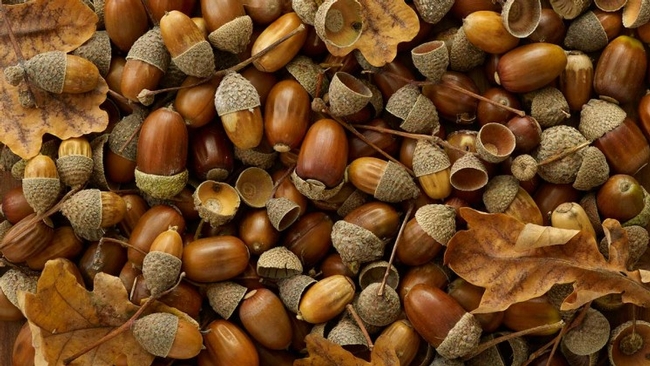
Oak tree mast. (considerable.com)
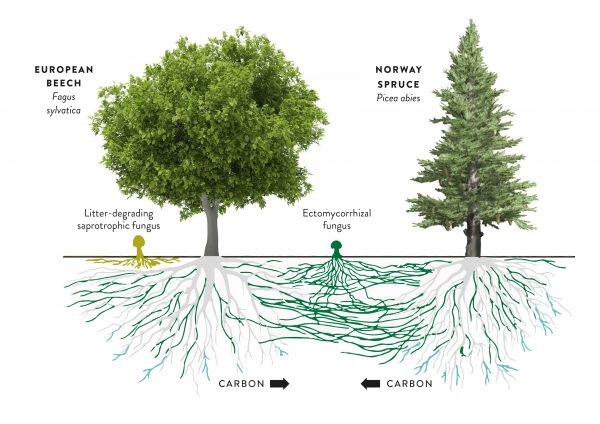
Mycorhizzal fungi network. (nzgeo.com)
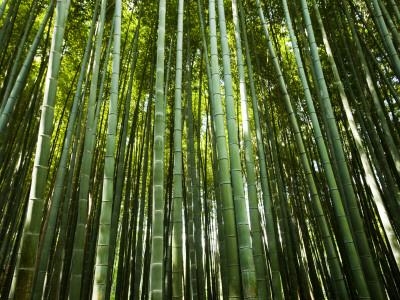
Bamboo trees may communicate via the mycorhizzal fungi network. (allposters.com)
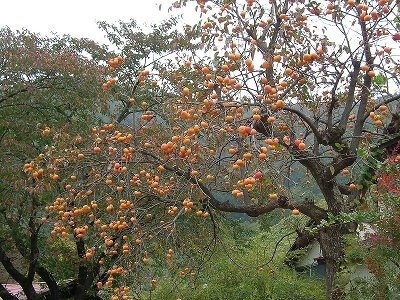
So may American persimmon. (raw-food-health.net)
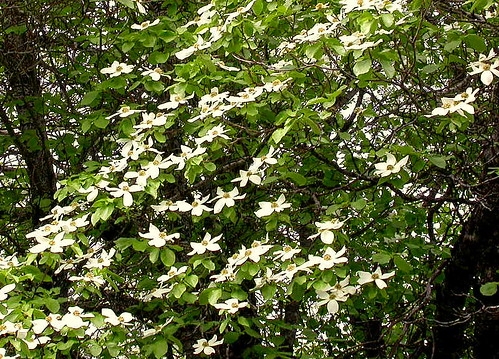
Western dogwood. Intriguing idea about trees communicating! (flickr.com)
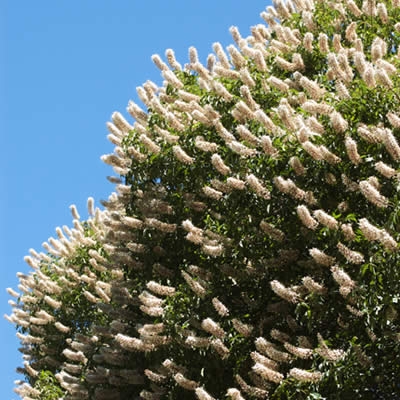
California buckeye. (stevenharper.com)
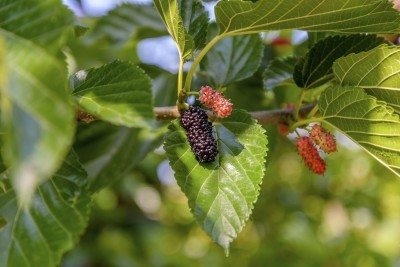
Mulberry tree. (gardeningknowhow.com)